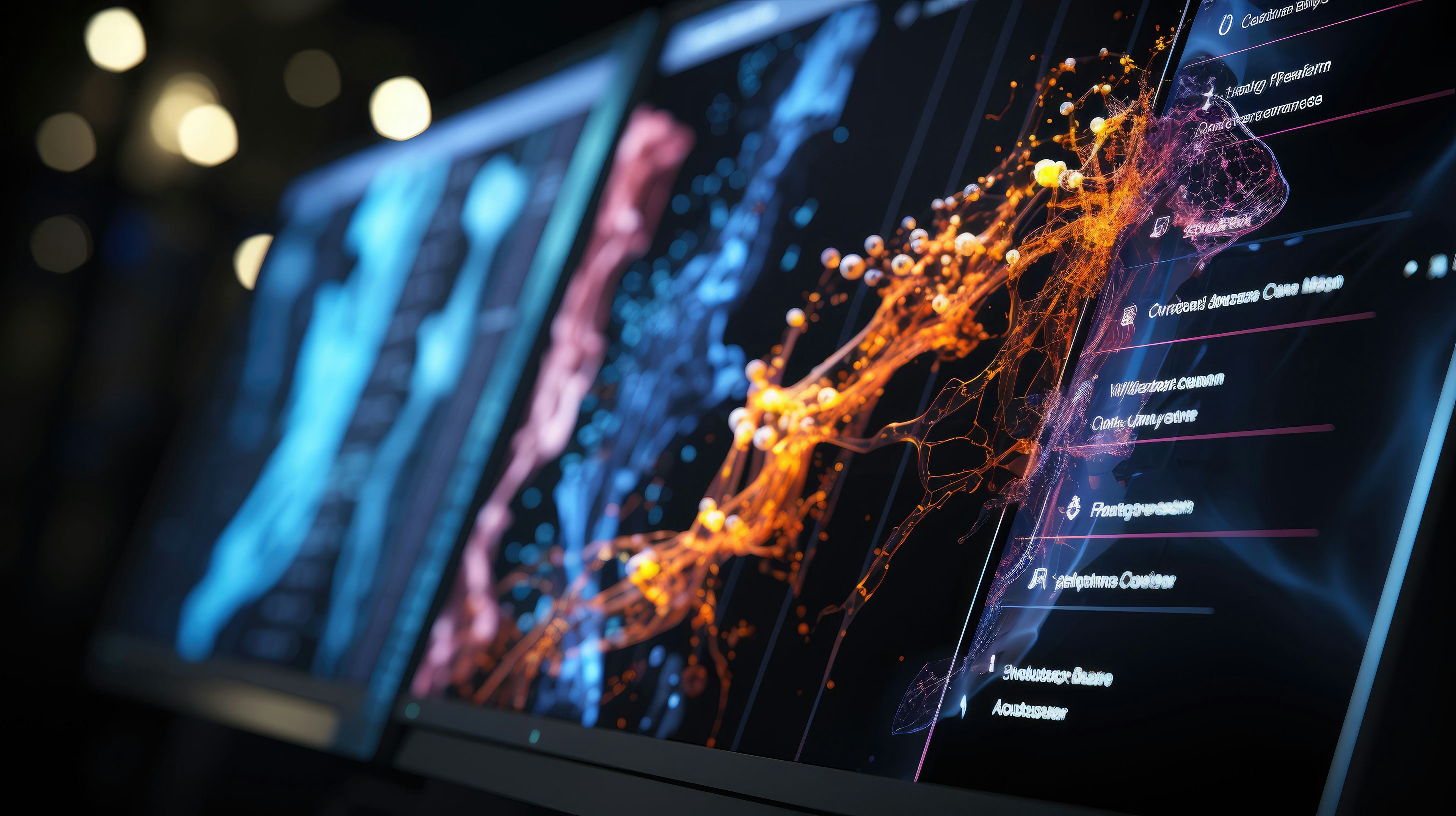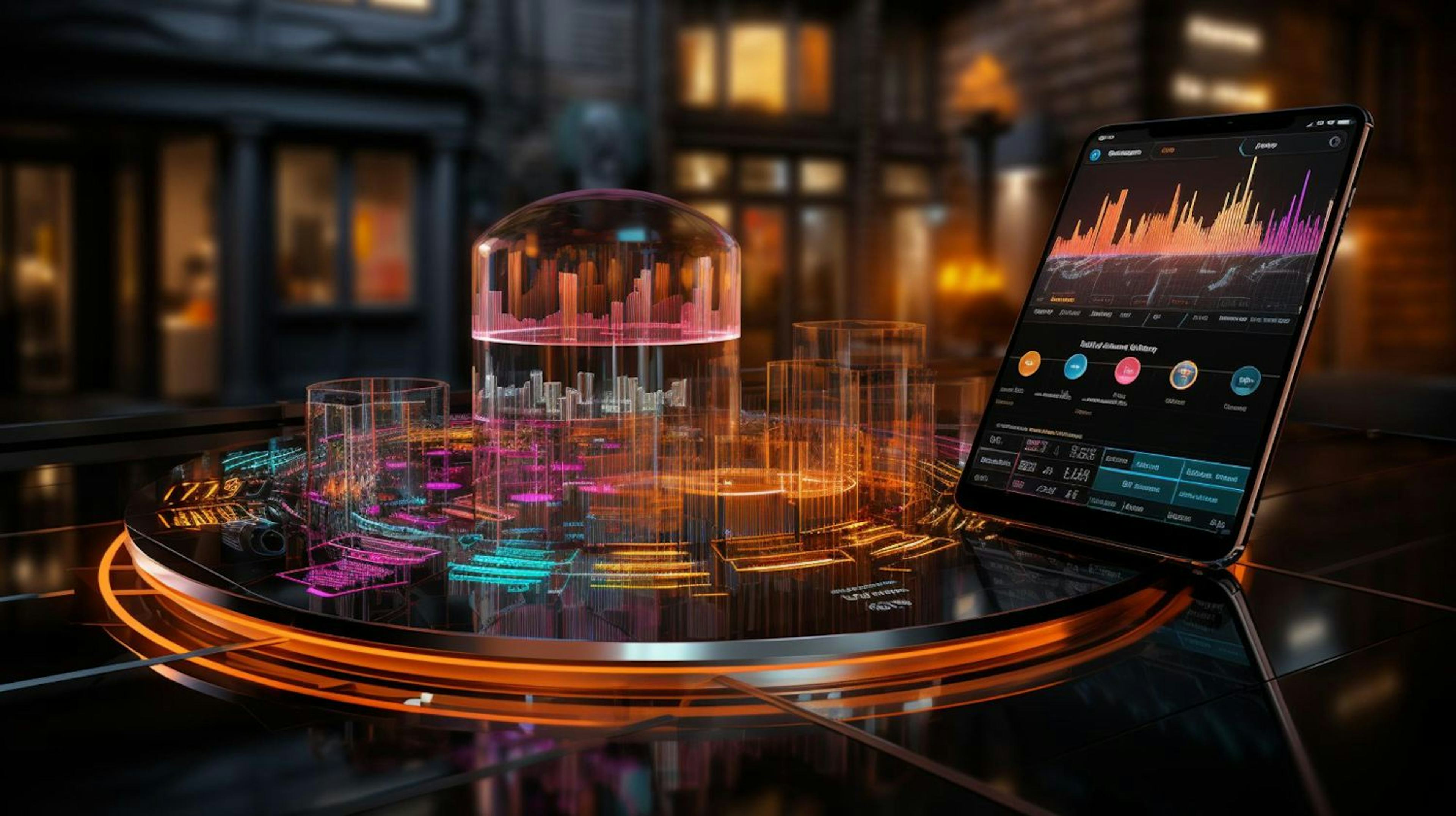
Data & Analytics
The life sciences industry stands at the forefront of scientific discovery, with the potential to revolutionize healthcare and improve the quality of human life.

Send us your questions, we have the answers
Data visualization has become an indispensable tool in modern decision-making processes, offering insights and clarity from complex datasets. In today's data-driven world, organizations across industries are leveraging the power of visualization to analyze trends, identify patterns, and communicate findings effectively. This article aims to demystify the role of data visualization in improving decision-making, exploring its evolution, methodologies, and real-world applications. By understanding the principles and benefits of data visualization, decision-makers can harness its potential to drive informed and strategic actions.
The roots of data visualization can be traced back to ancient times, with visual representations such as maps, charts, and diagrams used to convey information. However, the modern era of data visualization began in the 18th century with the development of statistical graphics by luminaries like William Playfair and Florence Nightingale. Since then, technological advancements have revolutionized the field, with computer-based tools enabling the creation of interactive and dynamic visualizations. Today, data visualization encompasses a wide range of techniques and technologies, including static charts, interactive dashboards, and immersive virtual reality experiences.
Effective data visualization is grounded in clarity, accuracy, and relevance principles. Visualizations should be designed with the audience in mind, using appropriate charts and graphs to convey insights efficiently. The choice of color, typography, and layout can significantly impact the readability and interpretability of visualizations. Additionally, visualizations should be based on accurate and reliable data, with transparent methodologies to ensure trustworthiness. Moreover, data visualizations should focus on conveying actionable insights, helping decision-makers understand complex relationships and make informed choices.
Data visualization techniques encompass diverse formats, each suited to different types of data and analytical goals. Visualizations include bar charts, line graphs, scatter plots, heat maps, and pie charts. Bar charts effectively compare discrete categories, while line graphs are ideal for showing trends over time. Scatter plots reveal relationships between two variables, while heat maps visualize spatial distributions or correlations. Pie charts are often used to represent proportions within a whole. Beyond these traditional formats, advanced techniques such as network diagrams, treemaps, and Sankey diagrams offer innovative ways to visualize complex data structures and relationships.
Data visualization is critical in improving decision-making across various domains, including business, healthcare, finance, and public policy. Visualizations help executives track key performance indicators, identify market trends, and optimize operations in business. For example, retail companies use heatmaps to analyze customer behavior in stores, while marketing teams use interactive dashboards to monitor campaign performance in real time. In healthcare, visualizations aid clinicians in diagnosing diseases, monitoring patient outcomes, and identifying epidemiological trends. Financial institutions leverage visualizations to analyze market data, assess investment risks, and detect fraudulent activities. Governments use visualizations to communicate public health information, track economic indicators, and inform policy decisions.

Numerous real-world examples illustrate the impact of data visualization on decision-making. For instance, the Johns Hopkins University COVID-19 Dashboard became a widely used resource for tracking the spread of the pandemic, providing policymakers and the public with up-to-date information on cases, deaths, and vaccination rates. Similarly, the New York Times' interactive graphics on climate change visually communicate the scientific evidence and potential consequences of global warming, driving awareness and advocacy efforts. In the business world, companies like Netflix use sophisticated data visualizations to analyze user behavior and personalize content recommendations, enhancing customer satisfaction and retention. Moreover, data visualization has been instrumental in scientific breakthroughs, such as the visualization of the human genome, which has led to advancements in genetics research and personalized medicine.
While data visualization offers significant benefits, it also presents challenges and considerations for practitioners. Designing effective visualizations requires data analysis, graphic design, and human psychology expertise. Moreover, ensuring data accuracy and integrity is paramount to avoid misinterpretation or bias. Accessibility is another concern, as visualizations should be inclusive and usable by individuals with diverse backgrounds and abilities. Additionally, ethical considerations arise regarding the privacy and security of sensitive data and the potential for unintended consequences or misrepresentation. As data visualization evolves, addressing these challenges will be essential to realizing its full potential in decision-making processes.
Data visualization is poised to continue evolving with advancements in technology and methodology. Emerging trends such as augmented reality, machine learning, and natural language processing hold promise for enhancing interactivity, personalization, and automation of visualizations. Augmented reality tools, for example, enable users to visualize data in immersive environments, facilitating deeper insights and collaboration. Machine learning algorithms can automatically generate visualizations from raw data, accelerating the analysis process and uncovering hidden patterns. Natural language processing techniques enable users to interact with visualizations using conversational queries, making data exploration more intuitive and accessible. As these technologies mature and become more widely adopted, the role of data visualization in decision-making will only become

Data & Analytics
The life sciences industry stands at the forefront of scientific discovery, with the potential to revolutionize healthcare and improve the quality of human life.

Data & Analytics
Data visualization plays a crucial role in transforming complex data sets into actionable insights, empowering organizations to communicate information effectively and drive strategic decision-making.

Data & Analytics
With the exponential growth of data in today's digital age, navigating the complexities of big data management and analysis has become essential for organizations looking to harness the full potential of their data assets.

Unleashing Possibilities through Expert Technology Solutions
Stay up to date on the latest industry trends.